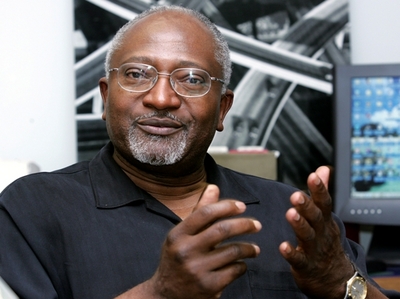Invisible Houston chronicled the rise of Houston's black neighborhoods, the first of these being the settlement of emancipated slaves in Freedmen's Town, an area which later became the Fourth Ward. It tracked the expansion of the city's mostly African American neighborhoods in the 1950s, 1960s and during boom era of the 1970s and the dwindling economy and diminished government commitment to affirmative action in the 1980s. It presented data on and discussed a wide range of social indicators of well-being such as health, education, employment, business and economic development and wealth creation, housing and home ownership, environmental quality, law enforcement, leadership, relating these issues to the larger ones of institutional racism, poverty, and politics. The book reported on the 1979 Bean v Southwestern Waste Management Corp. case, the nation's first lawsuit to use civil rights law to challenge environmental discrimination and one of the earliest environmental racism case studies in the United States.
Over the past several decades, Black Enterprise has consistently tagged Houston as one of its "Top 10 Cities for African Americans," coming in first in 2001, fifth in 2004 and fourth in 2007 (the last year ranking compiled), just behind Washington, DC, Atlanta, and Raleigh. Houston largely escaped the Great Recession of 2010. In 2011, Forbes declared Houston a boom town again. The city chalked up an impressive list of number one ratings and rankings on economic development in 2012, including cities where a paycheck stretches the farthest (Forbes ), cities with fastest growing wages in the U.S. ( Business Insiders), top U.S. manufacturing cities (Houston Business Journal), top destination city (U-Haul International), fastest growing millionaires city in the U.S. (Forbes).
A recent Manhattan Institute for Policy Research report found racial segregation in the U.S. has declined over the past century. Of the top 10 metropolitan areas, Houston and Dallas were the least segregated in 2010. However, a 2012 Pew Research Center study found residential segregation by income increased over the past three decades in the nation's 27 largest metropolitan areas, with the greatest increase occurring in Houston. These increases are linked to long-term rise in income inequality and the shrinkage in the share of predominately middle-class neighborhoods. For example, 37 percent of the lower-income households in the Houston metropolitan area are situated in a majority lower--income census tract, compared with 26 percent of the households in the Atlanta area. Only New York and Philadelphia metro areas have a larger share of its poor households concentrated in low-income census tracts.
The Houston metro area led the nation in its share of upper-income households residing in majority upper-income census tract at 24 percent. Overall, the Houston metro area Residential Income Segregation Index (RISI) of 61 topped the nation's ten largest metro areas, compares with a score of 60 in Dallas, 57 in New York, and 51 in Philadelphia. The RISI for a metropolitan region is computed by adding the share of low-income residents of that area who live in a majority low-income census tract to the share of upper-income residents who live in a majority upper-income census tract. Houston also experienced the greatest residential income inequality over the past three decades, with a RISI of 31 in 1980 and 61 in 2010, a 29 point change.
(Note: You can view every article as one long page if you sign up as an Advocate Member, or higher).





